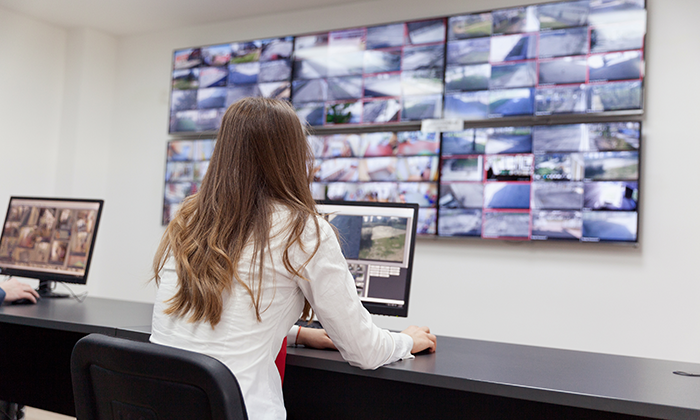As technology’s rapid advancement continues, what impact will it have on control room operations, and how will operators keep up with the rate of change?
- Like
- Digg
- Del
- Tumblr
- VKontakte
- Buffer
- Love This
- Odnoklassniki
- Meneame
- Blogger
- Amazon
- Yahoo Mail
- Gmail
- AOL
- Newsvine
- HackerNews
- Evernote
- MySpace
- Mail.ru
- Viadeo
- Line
- Comments
- Yummly
- SMS
- Viber
- Telegram
- Subscribe
- Skype
- Facebook Messenger
- Kakao
- LiveJournal
- Yammer
- Edgar
- Fintel
- Mix
- Instapaper
- Copy Link
Posted: 19 October 2017 | Intelligent Transport | No comments yet
As part of our Control Room Operations In-Depth Focus, Intelligent Transport asked an expert panel: As technology’s rapid advancement continues, what impact will it have on control room operations, and how will operators keep up with the rate of change?


Suchit Rout, Strategic Marketing Director, Barco:
Today, decision making is no longer restricted to the control room. In a connected world, remote stakeholders need to be in constant connection with the control room, with direct access to all needed information. However, control rooms typically operate on legacy infrastructure and systems that are not designed for such a workflow.
Because it’s both very expensive and unsafe to drastically change the complete infrastructure, it’s the task of technology providers to deliver solutions that answer the needs of this new reality. This is a main driver in Barco’s collaborative visualisation platform offering.
Distributed decision-making is not making the role of the control room operator less important. On the contrary, the operators are the central people in this approach; they not only act as a kind of ‘first responder’ in the control room during critical situations, but also connect with remote stakeholders, both in remote meeting or crisis rooms, and in the field. They are thus transforming from ‘task operators’ to ‘business operators’, and Barco provides the tools that enable them to take this revised role.
In traffic management, there are typically multiple agencies involved, which we believe should integrate into the same platform without violating the strict separation of networks. Talking of integration, we are also a firm believer in pre-validated integrated solutions with co-vendors (e.g. with VMS and PSIM systems, LPNR systems, etc.) thanks to our Strategic Alliances Program.
Ivana Nikić, Product Marketing Engineer, Moxa:
The change we can already observe comes from IT and OT convergence where data acquisition, machine efficiency, device monitoring, device management, predictive maintenance and overall information visibility are being utilised to optimise industrial processes, lower costs and increase production excellence (OEE).
The control room is no longer a place to only monitor logical relays of the field site devices, it has become a place where vast amounts of data are being gathered and made available to the enterprise floor, as well as to the remote sites. To support this heterogeneous network, a reliable and stable communication across these three connecting platforms is needed.
The first challenge to overcome for these devices is enabling this communication. It must have high network performance, previously only specific for the enterprise floor, but with added values like ruggedness, EM isolation, reliability, availability, zero downtime and low TCO – all found in specifications and standards demanded by the industrial environment.
The second challenge is the interoperability of the industrial and enterprise protocols. Components need to understand each other in order to bring the information across the network. One of the greatest challenges facing the operators will surely be cyber-security. The devices located within the network need to be protected from cyber-attacks, and secure remote access to the network needs to be enabled.
Manufacturers of industrial networking equipment need to support the new converged OT network with devices and services that will make keeping up with technology advancement easier for the control room floor. This could be in the form of easier implementation of new technologies, flexible and stable configuration, network management and monitoring software, or understandable and easy to implement security features.
Related topics
Business Models, Traffic Management, Vehicle & Passenger Safety
Issue
IT Issue 1 2017
Related people
Ivana Nikić, Suchit Rout








